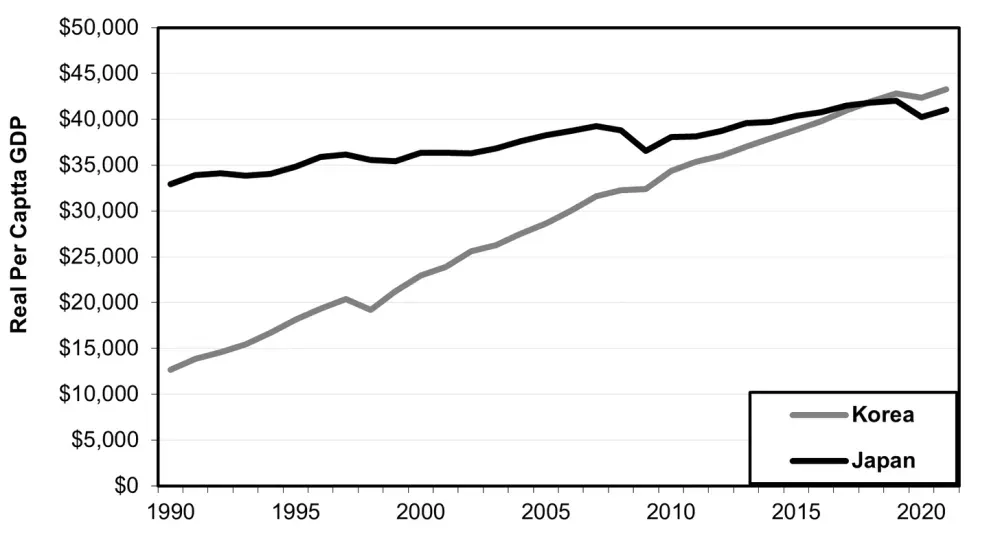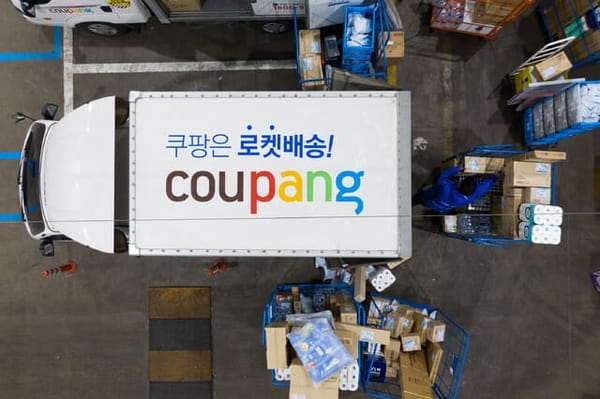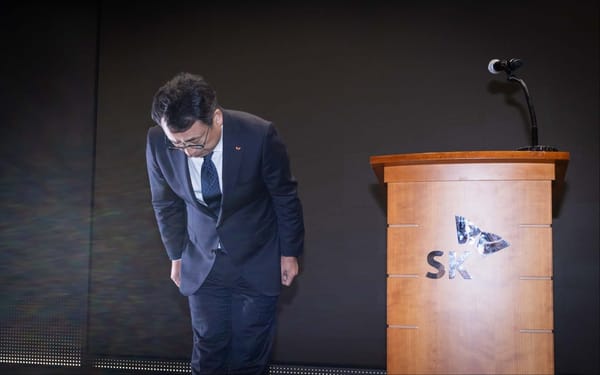Graph: Per capita GDP growth from 1990 to 2020 in PPP terms for South Korea and Japan. Credit: Richard Katz.
For the year 2023, the Minimum Wage Commission 최저임금위원회 under the Ministry of Employment and Labor 고용노동부 resolved to raise the minimum wage to KRW 9,620 (USD 7.43) per hour, a 5% increase. With inflation expected to be 4.7% next year, and price hikes yet to come in the later part of this year, the 5% increase effectively means a decrease in disposable income for a significant proportion of South Korea’s workers.
As many as 16.4% of all Korean workers (or more than 3.4m workers) receive minimum wage; over 15% of all workers are estimated to receive wages lower than the minimum. The liberal Moon Jae-in 문재인 administration steeply increased the minimum wage, raising it by 41.6% over its five years from 2018 to 2022. The raise provoked outcry from businesses, pushing the conservative Yoon Suk-yeol 윤석열 administration to hold back the minimum wage increase despite high inflation. (See previous coverage, “The Triple Quandary.”)
Yet the wage increase, including minimum wage hike, is precisely how South Korea has historically managed to avoid Japan-like stagnation. While the Japanese economy slogged through the “Lost Decades” since the early 1990s, the South Korean economy continued its steady growth over the past thirty years, surpassing Japan’s PPP-adjusted per capita GDP in 2018, although the two economies have similar structures of being export-oriented and having a bifurcation of highly efficient hyper-modern manufacturing companies existing side-by-side with an inefficient and unproductive service industry.
According to Richard Katz, senior fellow of the Carnegie Council for Ethics of International Affairs, South Korea avoided Japanization by having wages rise along with economic growth, preserving the strength of domestic demand. South Korea’s minimum wage is 62% of its median wage; Japan’s, only 45%.
“Because domestic private demand is strong, Korea is far less vulnerable to global shocks, even though Korea’s trade:GDP ratio is twice Japan’s”, wrote Katz in Toyo Keizai, a business and finance-focused Japanese publication. “Countries less vulnerable to macroeconomic shocks enjoy faster average growth over the long term.”








